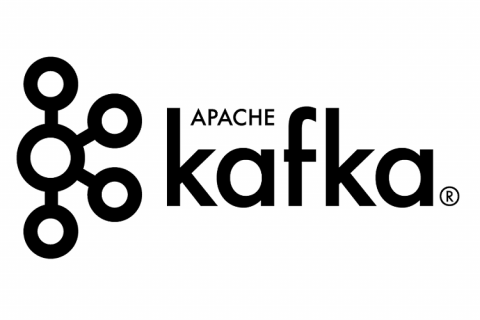Bank Achieves 199% ROI, $20.3M NPV Over 3 Years and Payback in 6 Mos. with Nastel i2M According to New Independent Study
Total Economic Impact Study evaluates potential business benefits and cost savings enabled by Nastel’s Integration Infrastructure Management (i2M) Platform.






